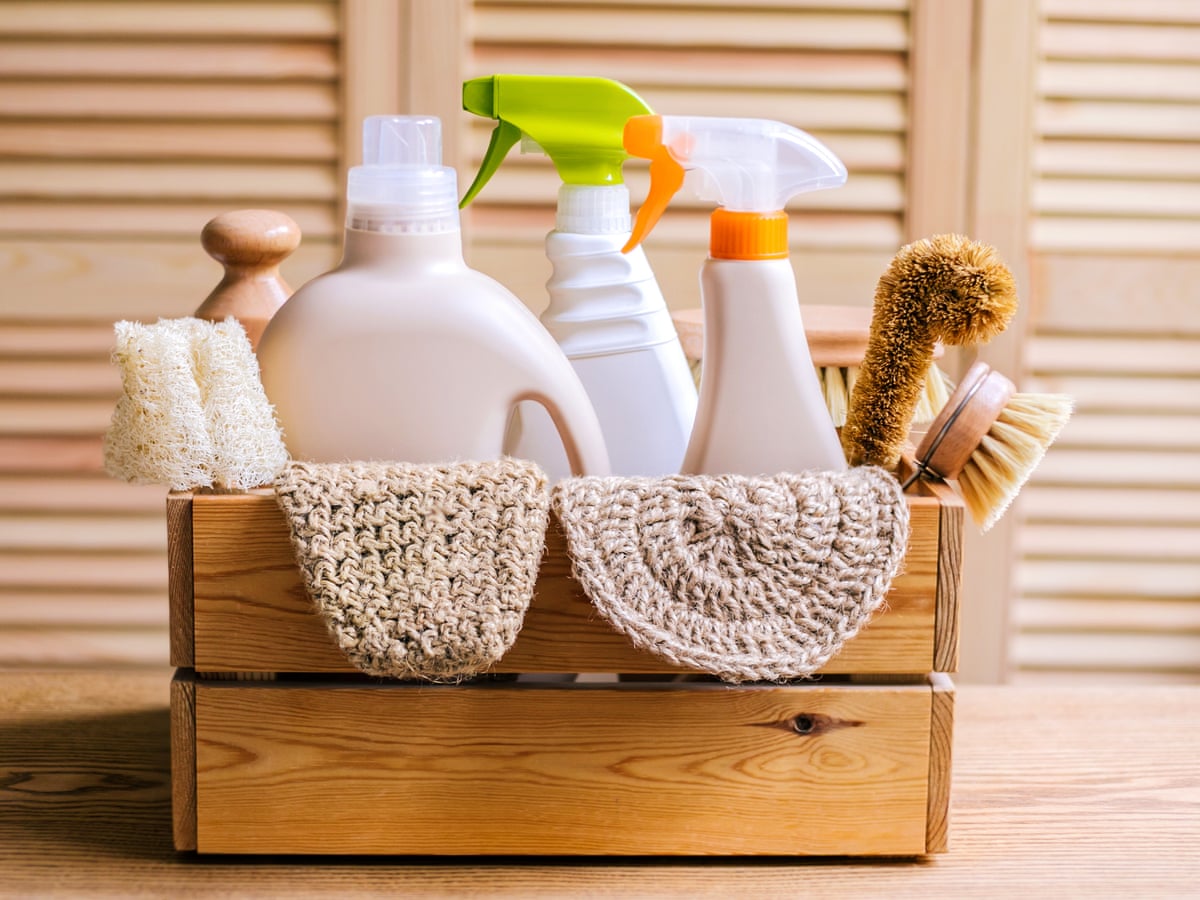Tips On How to Master Everyday Cleaning: Tips for Effective Defrosted and Cleaned Every Few Months and Decluttering
Tips On How to Master Everyday Cleaning: Tips for Effective Defrosted and Cleaned Every Few Months and Decluttering
Blog Article
Recognizing the Need for Extensively Disinfecting and Sterilizing Frequently Touched Surfaces in High-Traffic Locations
In the realm of public health and safety, the meticulous disinfection and sanitization of regularly touched surface areas in high-traffic locations stand as vital procedures in stopping the spread of dangerous microorganisms. By checking out the various facets of surface area sanitation, from the dangers connected with overlooking cleaning methods to the efficient techniques that can be employed, a more clear understanding emerges of the important role these techniques play in securing public health and wellness.
Importance of Surface Area Sanitation
Emphasizing the thorough sanitation of high-traffic surfaces is critical in preserving a hygienic setting and stopping the spread of hazardous virus. High-touch surfaces such as door handles, light buttons, elevator switches, and countertops function as breeding premises for bacteria and infections. Normal disinfection of these surface areas is crucial to decrease the threat of contamination and transmission of diseases.
By applying a robust sanitation protocol, companies and establishments can produce a more secure environment for site visitors, staff members, and customers. Proper surface disinfection not just minimizes the spread of contagious illness yet also instills confidence in the tidiness and safety and security of the facilities. This positive strategy shows a commitment to health and wellness and health, which is particularly essential in high-traffic areas where the likelihood of exposure to microorganisms is increased.
Additionally, surface area sanitation plays a vital function in total infection control approaches. Incorporated with hand health techniques, putting on masks, and keeping physical distancing, thorough disinfection of high-touch surfaces forms a comprehensive defense against the transmission of harmful microorganisms. Prioritizing surface area disinfection is a vital component of an alternative technique to health and wellness in shared spaces.
Risks of Neglecting Cleaning Practices
Neglecting comprehensive disinfection of high-traffic surfaces dramatically enhances the danger of bacterial and viral contamination, posing a significant hazard to the wellness and security of individuals often visiting these rooms. Failure to execute proper cleansing methods can lead to the buildup and spread of dangerous microorganisms, including viruses and microorganisms, on often touched surfaces such as doorknobs, hand rails, elevator switches, and counter tops.

Furthermore, disregarding the importance of complete cleaning not just jeopardizes the health of people however likewise weakens initiatives to keep a hygienic and tidy atmosphere. It is essential to identify the importance of proper sanitation protocols in protecting against the spread of infections and securing public health.
Efficient Sanitation Techniques
To keep ideal sanitation and decrease the threat of contamination on high-traffic surfaces, utilizing reliable disinfection techniques is important. Among one of the most typical and reliable sanitation methods is utilizing chemical anti-bacterials. These products can vary in toughness and composition, with some targeting certain virus like infections or bacteria. It is important to adhere to the manufacturer's directions for proper dilution, get in touch with time, and air flow when making use of chemical disinfectants to ensure their efficiency - Vacuum Carpets.
One more efficient approach is making use of UV-C light. UV-C light has actually been shown to be effective in eliminating a wide range of bacteria by disrupting More Info their DNA structure, therefore avoiding them from duplicating. Nevertheless, it is important to use UV-C light correctly, guaranteeing that the appropriate intensity and exposure time are applied to achieve the preferred disinfection outcomes.
Additionally, using heavy steam cleaning as a sanitation approach can be very reliable, specifically on surface areas that are heat-resistant. Vapor can penetrate permeable surfaces and kill bacteria, infections, and other microorganisms effectively. When using vapor cleaning, it is necessary to guarantee that the surface area reaches the called for temperature for an enough amount of time to assure proper sanitation.
Impact on Public Health And Wellness
The upkeep of high requirements of sanitation and disinfection on high-traffic surface areas plays a critical role in guarding public health. Regularly touched surface areas in locations with high footfall, such as doorknobs, handrails, elevator switches, and restroom centers, offer as reproducing grounds for unsafe pathogens. Falling short to appropriately decontaminate these surfaces can result in the rapid spread of infectious illness within neighborhoods. By applying complete disinfection procedures, the threat of transmission of infections, bacteria, and other germs can be dramatically decreased.
In high-traffic locations like airport terminals, colleges, health centers, and public transportation systems, the impact of strenuous disinfection measures can not be understated. Focusing on the sanitization of often touched surface areas is an aggressive method to promoting public health and wellness and improving the safety of individuals in common areas.
Executing Normal Cleaning Up Protocols
Immediately instituting and sticking to a consistent timetable of cleansing protocols is vital for maintaining the sanitation and security of high-traffic surface areas. Routine cleansing procedures are essential in protecting against the buildup of bacteria and pathogens on regularly touched surfaces, particularly in locations with high foot traffic. By applying a systematic technique to cleaning, organizations can properly reduce the danger of condition transmission and create a healthier setting for employees, clients, and the general public.
To develop an effective cleaning timetable, it is crucial to determine high-traffic locations that call for frequent attention. These areas might consist of doorknobs, hand rails, elevator buttons, bathroom centers, and common tools. Executing a routine cleaning program that targets these surface areas numerous times a day can significantly decrease the spread of damaging microorganisms and infections.
In addition, utilizing appropriate cleaning agents and anti-bacterials is crucial to making certain that surface areas are extensively sanitized. Regular training of cleansing staff on proper cleansing strategies and the value of adherence to the cleansing routine is additionally essential in maintaining a hygienic environment. By prioritizing constant cleansing protocols, organizations can advertise the health and wellness and health of individuals that interact with these high-traffic surfaces.

Verdict
In final thought, it is important to prioritize comprehensive disinfection and sanitization of regularly touched surface areas in high-traffic areas to prevent the spread of harmful pathogens and maintain public wellness. It is critical to acknowledge the importance of maintaining tidy surfaces in high-traffic areas to make sure the wellness of the community.
In the world of public health and wellness and safety, the careful sanitation and sanitization of frequently touched surface areas in high-traffic areas stand as paramount actions in stopping the spread of hazardous virus. By checking out the various aspects of surface sanitation, from the risks connected with neglecting cleansing protocols to anonymous the reliable methods that can be utilized, a clearer understanding arises of the vital function these practices play in securing public health.Furthermore, employing heavy steam cleansing as a disinfection technique can be very efficient, specifically on surfaces that are heat-resistant. When review utilizing vapor cleaning, it is crucial to ensure that the surface gets to the called for temperature for an adequate quantity of time to guarantee appropriate sanitation.
In conclusion, it is important to focus on thorough disinfection and sanitization of often touched surface areas in high-traffic locations to avoid the spread of dangerous virus and maintain public health.
Report this page